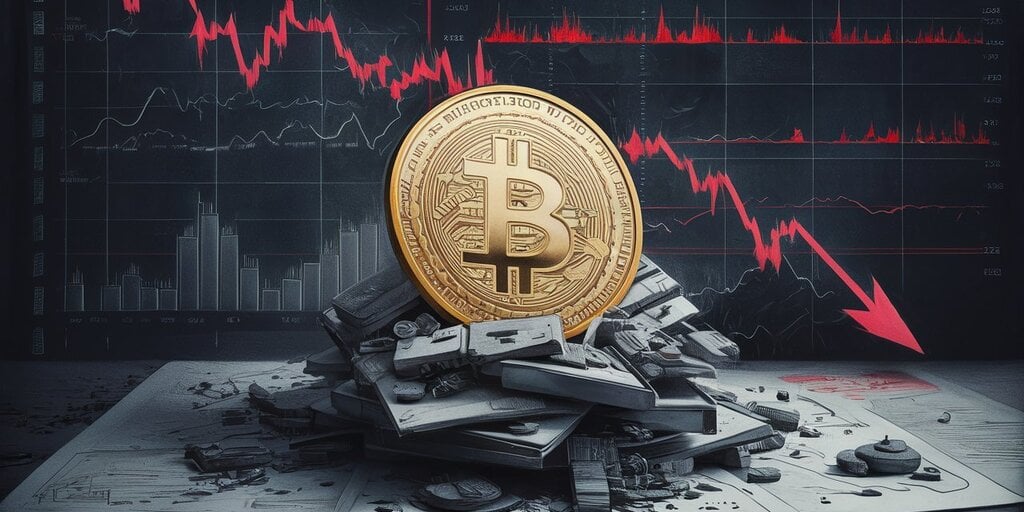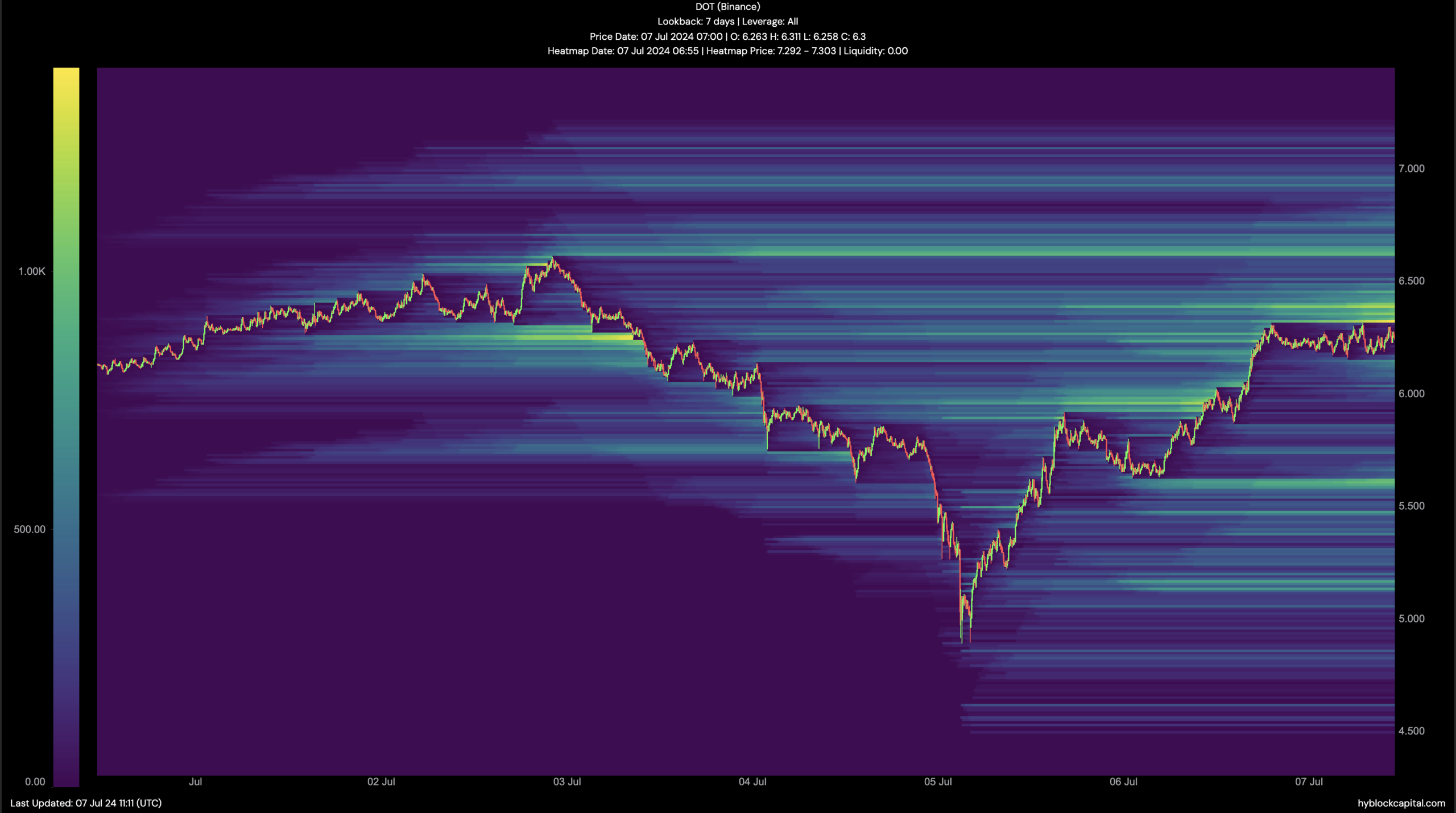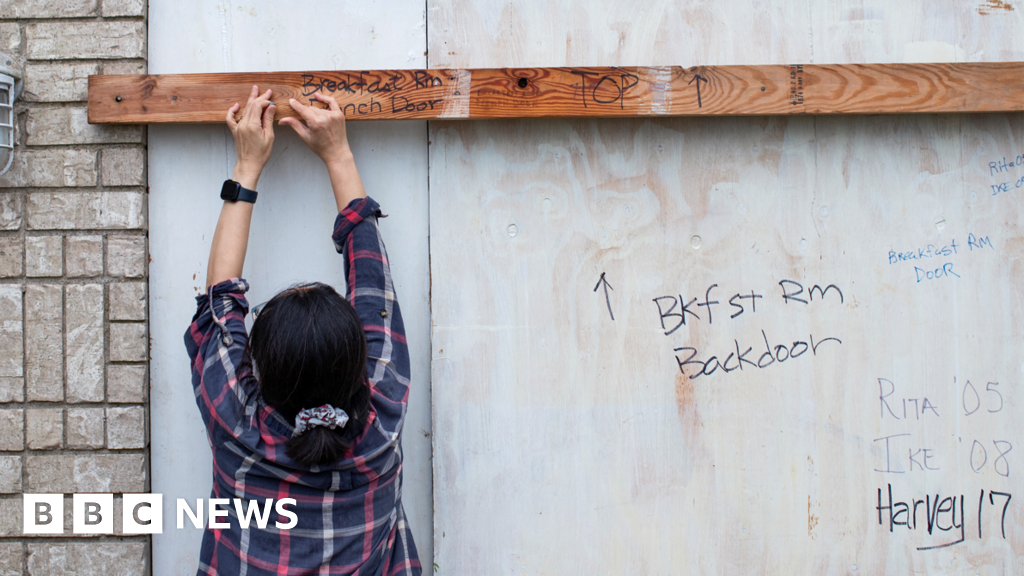
Washington, DC
CNN –
Spending at US retailers fell in March as consumers held back following concerns of a recession fueled by the banking crisis.
The Commerce Department reported on Friday that retail sales, which are adjusted for seasonality but not for inflation, decreased by 1% in March compared to the previous month. This decline was steeper than the expected 0.4% decrease and higher than the revised 0.2% decline from the prior month.
Analysts attribute some of the weakness to a lack of tax returns and concerns about a slowing labor market. In March, the IRS issued $84 billion in tax refunds, about $25 billion less than the previous year, according to BofA analysts.
As a result, consumers reduced their spending at department stores and on durable goods such as appliances and furniture. Spending at general merchandise stores declined by 3% in March compared to the previous month, and spending at gas stations decreased by 5.5% during the same period. Excluding gas station sales, retail spending retreated by 0.6% in March compared to February.
However, retail spending showed a year-over-year increase of 2.9%.
Economists believe that the smaller tax returns and the expiration of enhanced food assistance benefits played a role in the decline in retail sales.
“March is a really important month for refunds. Some folks might have been expecting something similar to last year,” said Aditya Bhave, senior US economist at BofA Global Research, in an interview with CNN.
Additionally, credit and debit card spending per household, tracked by Bank of America researchers, showed its slowest pace in more than two years in March. This is likely due to the smaller returns and expired benefits, coupled with slowing wage growth.
The expiration of enhanced pandemic-era benefits provided through the Supplemental Nutrition Assistance Program in February may also have contributed to the decrease in spending in March, according to a report from Bank of America Institute.
Wage growth also slowed down in March. Average hourly earnings grew by 4.2% compared to the previous year, down from the prior month’s 4.6% increase and the smallest annual rise since June 2021, according to the Bureau of Labor Statistics. The Employment Cost Index, a more comprehensive measure of wages, has also shown moderated pay gains in the past year. Data for the first quarter of this year will be released later this month.
Despite these challenges, the US labor market remains solid, although it has lost some momentum recently. This could support consumer spending in the coming months, according to Michelle Meyer, North America chief economist at Mastercard Economics Institute.
“The big picture is still favorable for the consumer when you think about their income growth, their balance sheet, and the health of the labor market,” said Meyer.
In March, employers added 236,000 jobs, which is considered a robust gain. However, it is smaller than the average monthly pace of job growth in the prior six months, according to the Bureau of Labor Statistics. The latest Job Openings and Labor Turnover Survey (JOLTS) report showed that the number of available jobs remained high in February but was down more than 17% from its peak in March 2022. Revised data also indicated that weekly claims for US unemployment benefits were higher than previously reported.
Economists at the Federal Reserve predict that the job market could further cool in the coming months, and they expect the US economy to enter a recession later in the year due to the lagged effects of higher interest rates.
Despite recent turbulence in the banking industry, the impact on consumers has been limited thus far. Consumer sentiment, as tracked by the University of Michigan, worsened slightly in March during the bank failures but had already been showing signs of deterioration prior to that.
The latest consumer sentiment reading, released on Friday morning, showed that sentiment remained steady in April despite the banking crisis. However, higher gas prices led to a 1% increase in year-ahead inflation expectations, rising from 3.6% in March to 4.6% in April.
“On net, consumers did not perceive material changes in the economic environment in April,” said Joanne Hsu, director of the surveys of consumers at the University of Michigan.
However, Hsu added, “Consumers are expecting a downturn, they’re not feeling as dismal as they were last summer, but they’re waiting for the other shoe to drop.”
This story has been updated with context and more details.











